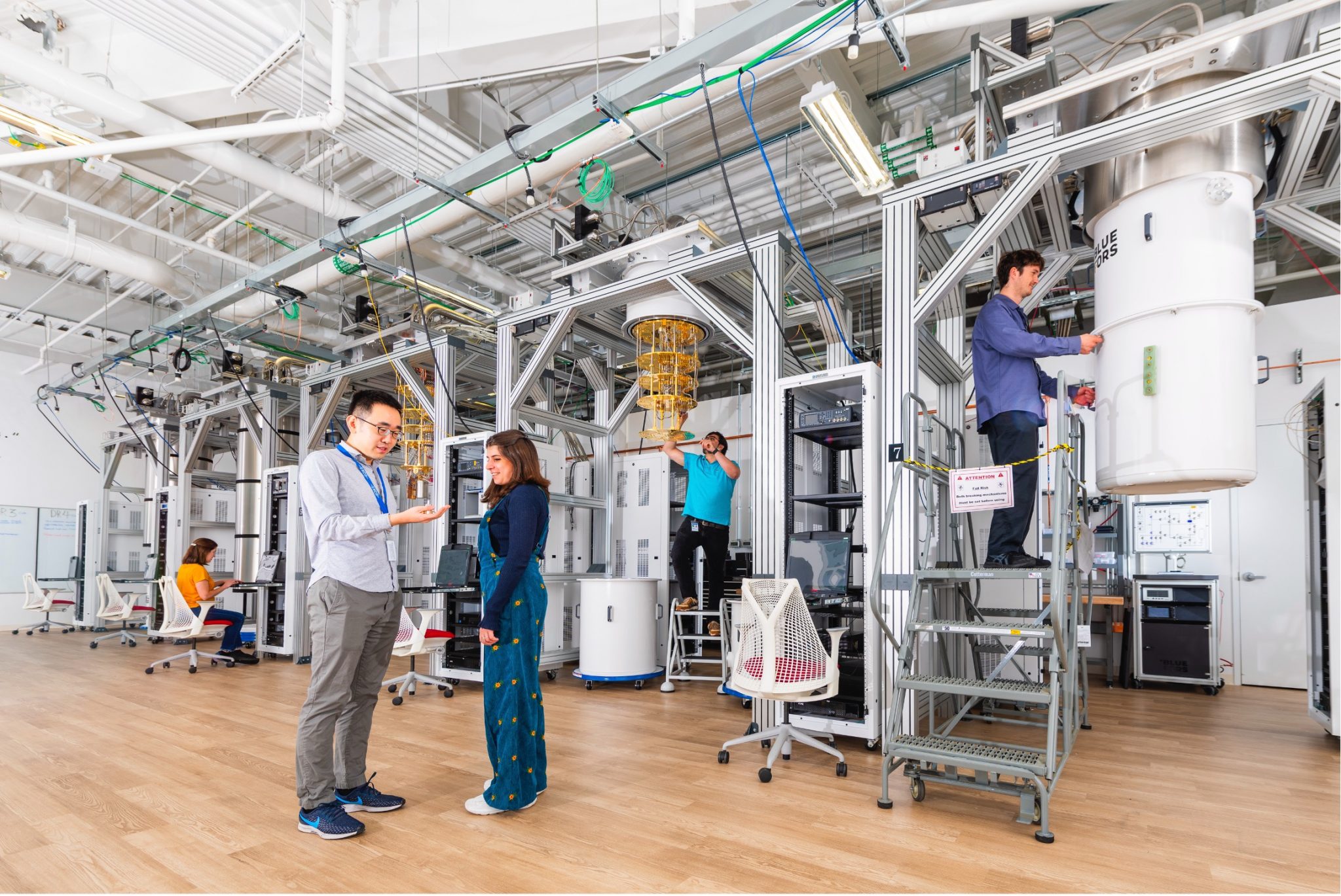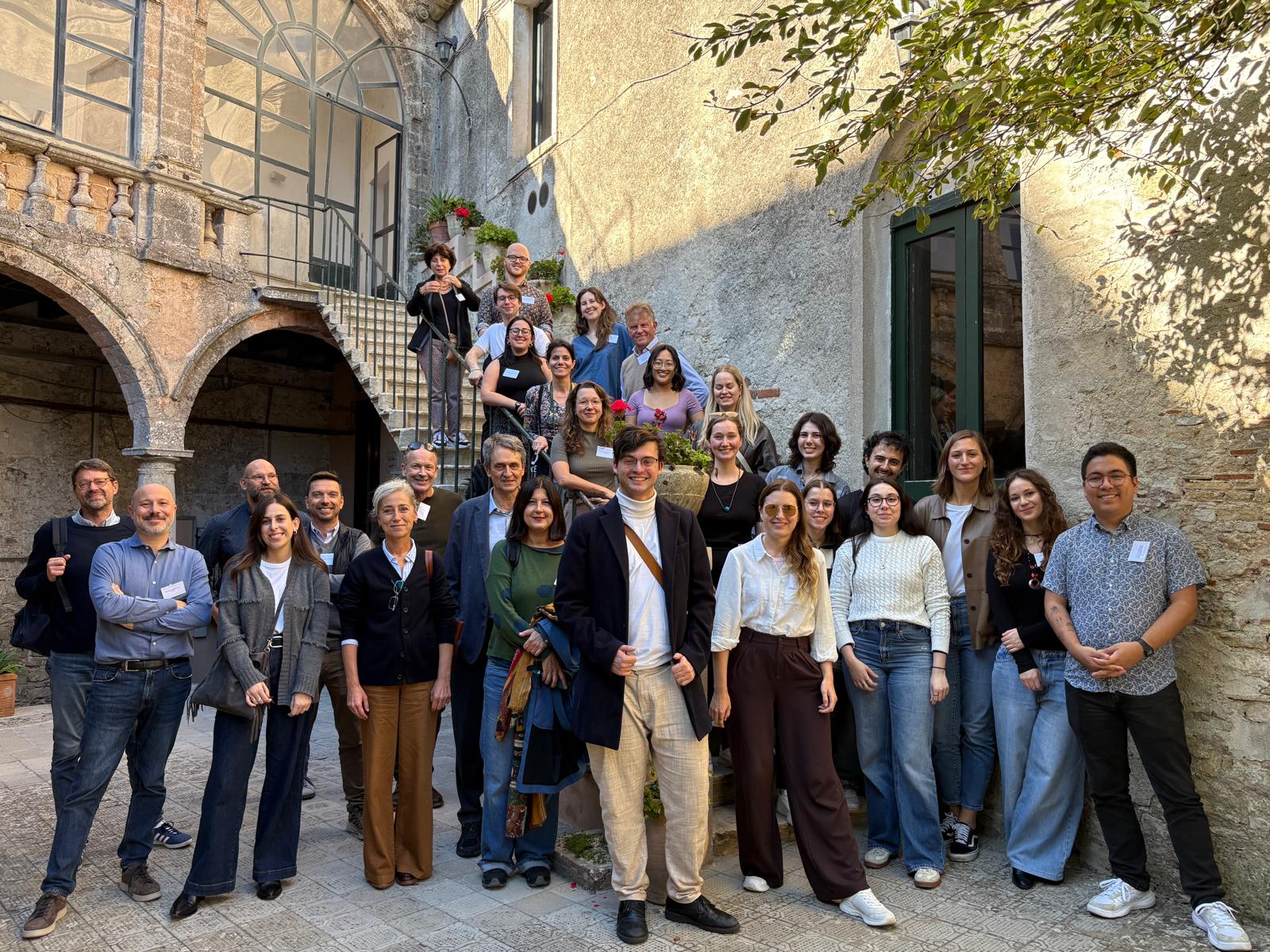 The CUPID-0 (CUORE Upgrade with Particle Identification), installed in the INFN National Laboratories of the Gran Sasso, has published its first results in Physical Review Letters. Cupid-0 studies neutrinoless double beta decay, an extremely rare phenomenon which, if detected, would mean that neutrino and antineutrino are Majorana particles, i.e. that particle and antiparticle coincide. One year on from the start of data collection, started in March 2017, the scientists from the joint project have reached a new limit, around ten times greater than the previous one, for neutrinoless double beta decay in an isotope of selenium. With a view to future developments of the experiment, CUPID-0 is testing scintillating calorimetry (bolometry) based on zinc selenide crystals, developed with the help of financing from the European Research Council (ERC, Advanced Grant) of the LUCIFER (Low-background Underground Cryogenic Installation for Elusive Rates) project, won in 2009 by Fernando Ferroni, the current president of the INFN. This technology will then be used in the CUPID project, which is a major third generation experiment to be built at the LNGS over the next decade. CUPID-0 involves the INFN sections in Genoa, Rome 1, Milan Bicocca and the National Laboratories of Legnaro and of Gran Sasso, which are hosting the experiment.
The CUPID-0 (CUORE Upgrade with Particle Identification), installed in the INFN National Laboratories of the Gran Sasso, has published its first results in Physical Review Letters. Cupid-0 studies neutrinoless double beta decay, an extremely rare phenomenon which, if detected, would mean that neutrino and antineutrino are Majorana particles, i.e. that particle and antiparticle coincide. One year on from the start of data collection, started in March 2017, the scientists from the joint project have reached a new limit, around ten times greater than the previous one, for neutrinoless double beta decay in an isotope of selenium. With a view to future developments of the experiment, CUPID-0 is testing scintillating calorimetry (bolometry) based on zinc selenide crystals, developed with the help of financing from the European Research Council (ERC, Advanced Grant) of the LUCIFER (Low-background Underground Cryogenic Installation for Elusive Rates) project, won in 2009 by Fernando Ferroni, the current president of the INFN. This technology will then be used in the CUPID project, which is a major third generation experiment to be built at the LNGS over the next decade. CUPID-0 involves the INFN sections in Genoa, Rome 1, Milan Bicocca and the National Laboratories of Legnaro and of Gran Sasso, which are hosting the experiment.
You might also be interested in

Quantum computing: INFN and the US SQMS laboratory renew their collaboration

Search for new physics: a possible new approach from bent crystals

Einstein Telescope: Lusatia officially enters the competition

Detecting gravitational waves from space: first steps for the LISA mission

ORIGINS. Exploring Science Communication and Journalism
